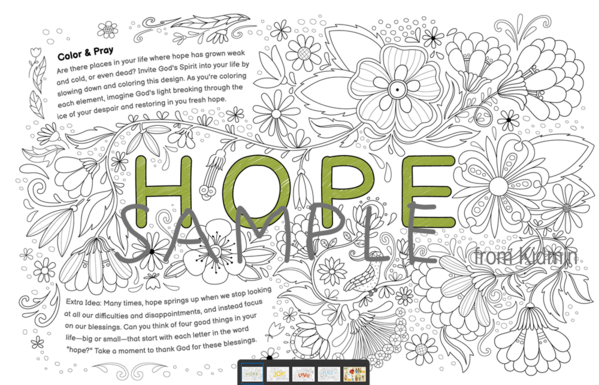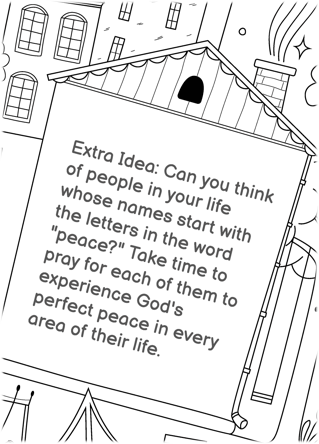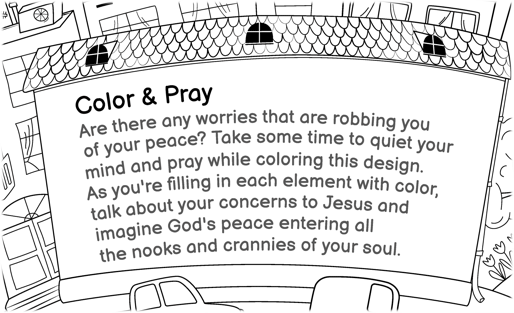The Christian education community of Rotation.org is interested in ideas for the lighting of Advent Candles for a number of good reasons:
- They are often lit by children
- They are usually discussed with children in worship
- They are a popular at-home tradition!
- And we are always looking for creative ways to reinvigorate meaning and practice.
We welcome your creative Advent Candle Lighting projects and practices!
Advent Candle Background and Questions to Stoke Our Creativity
a resource first posted by Neil MacQueen
The annual lighting of the Advent Candles is one of the most treasured worship traditions across the Church. Usually combined with the tradition and symbol of evergreen wreaths, they are both literally and figuratively a glowing reminder of the themes and meanings of Christ's birth.
Because the Lighting of the Advent Candle has its roots in Church and biblical history, the story of its "advent" in our services can be a source of creative inspiration!
The first recorded use of "Advent Candles" dates to 1839 when a German Lutheran pastor created a wreath with candles at a home for delinquent boys to help them mark the days of Advent. The practice quickly spread throughout Germany and across denominational lines and eventually across oceans due to waves of 19th Century German emigration. At one time, the lighting of candles during Advent was widely practiced as home by those of German descent.
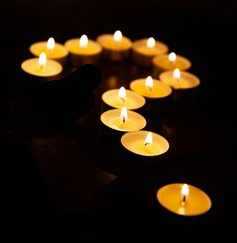 How are we "delinquent" and in need of help to better mark the time and season?
How are we "delinquent" and in need of help to better mark the time and season?- What confessions do we bring and what answers do we seek this Advent?
- How can we encourage the spread of this tradition—rather than keeping it locked up in our church services?
- How can we better teach the surrounding culture about the meaning of our candles and evergreens?
- How does the lighting of the Advent Candle bring together Christians of diverse backgrounds and histories, (including delinquents!)? How can YOUR lighting of the candles and its liturgical language reflect this inclusive sharing?
 For our purposes, it is important to note that the ritual lighting of candles in the worship of God dates back to the Exodus Tabernacle and Temple in Jerusalem. A large 7-branched gold lampstand ("Menorah") is described and prescribed in Exodus 25:31–39.
For our purposes, it is important to note that the ritual lighting of candles in the worship of God dates back to the Exodus Tabernacle and Temple in Jerusalem. A large 7-branched gold lampstand ("Menorah") is described and prescribed in Exodus 25:31–39.
The Temple Menorah became the source and symbol of the Hannukah miracle and celebration that first occurred in 164 B.C. when oil for the lamps, which should have run out in one day, lasted eight days during the rededication of the Temple after the Maccabean revolt restored Jewish control over Jerusalem.
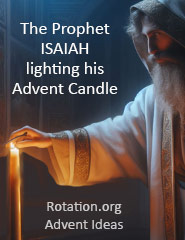 How can our first Advent Candle better celebrate the light that was present in the Old Testament and the Hannukah ritual of rededication founded by the Maccabeans?
How can our first Advent Candle better celebrate the light that was present in the Old Testament and the Hannukah ritual of rededication founded by the Maccabeans?- What do we not want to "run out of" this season?
- What needs in your life are not dependent on how prepared, good, worthy, or faithful you are? (How is God working in spite of our problems?)
What do the four traditional candles of Advent symbolize?
The four candles of Advent represent the four Sundays of Advent. Traditionally they respectively symbolize hope, peace, joy, and love, but there's nothing sacred about those namings. In many churches, the color of the candles follows a specific pattern, purple, pink, and white at the center, but that is "made up" too. Depending on who you ask or which source you consult, Purple symbolizes repentance and fasting, Pink symbolizes joy and rejoicing, and White symbolizes purity and light. But some churches use Blue instead of purple, and why can't a Green candle represent hope?
As Jesus might say, "We were not made for Advent, Advent was made for us."
There's a fine line between meaningful tradition and meaningless ritual. A pastor I once worked for pulled the same Advent liturgy out of his files every year for nearly his entire ministry—and he was proud of that ![]()
- What four NEW "candle themes" and scriptures could bring freshness to our liturgies and add life application to the weeks of Advent? (Do we need to read the traditional Advent scriptures during the candle lighting since they can be read or sung about in the rest of the service?)
For example, what if we picked up on these themes from the scriptures for the four candles: Longing: what do we long for? Messengers: to whom and when are we listening? Room at the Inn: who are we ignoring/excluding? Shepherds returning: where do we go from here?
What do other scriptures tell us the light represents? What about...The woman who lights her lamp to find the lost coin. The bridesmaid prepared with plenty of oil. The light that shouldn't go under a basket. Become children of light (John 12).
1 John 1: "Walking in the light." And what is the "darkness" that each candle is lit to dispel? (that Jesus was sent to overcome).
In some homes and parishes, people will also light a fifth candle on Christmas Eve or Christmas Day to represent the birth of Jesus; this candle, when added to the Advent wreath, is typically white and larger than the other candles and is placed in the center of the wreath.
- How can we equip our members to light a fifth candle at home?
- How long should that fifth candle burn or be relit? (Liturgically, there are 12 days of Christmas.)
- How well have we connected the traditional holding and raising of candles during Christmas Eve services to this fifth candle?
In the next post are some links to creative Advent lighting liturgies and ideas.
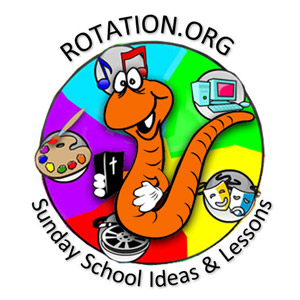



 Ahead of time, have children make enough paper candles with flames to give to each worshipper. Have the children distribute their "take-home candles during the lighting of the Advent Candle or at the end of worship as you invite people to "take the light" to others after worship through specific acts of kindness and service opportunities that you might suggest or provide.
Ahead of time, have children make enough paper candles with flames to give to each worshipper. Have the children distribute their "take-home candles during the lighting of the Advent Candle or at the end of worship as you invite people to "take the light" to others after worship through specific acts of kindness and service opportunities that you might suggest or provide.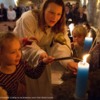




 How is YOUR COMMUNITY'S CONTEXT reflected in your Advent hopes and actions?
How is YOUR COMMUNITY'S CONTEXT reflected in your Advent hopes and actions?






